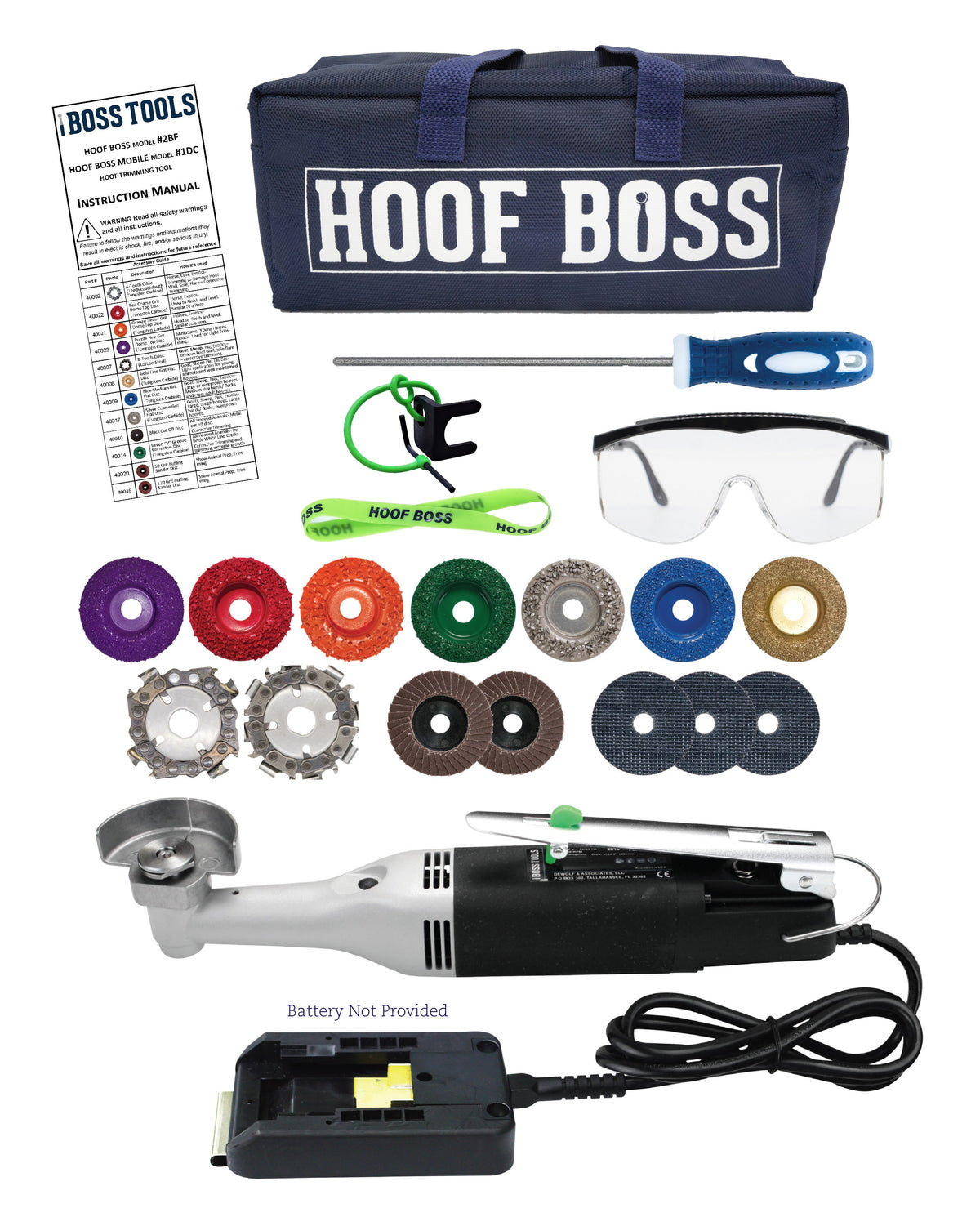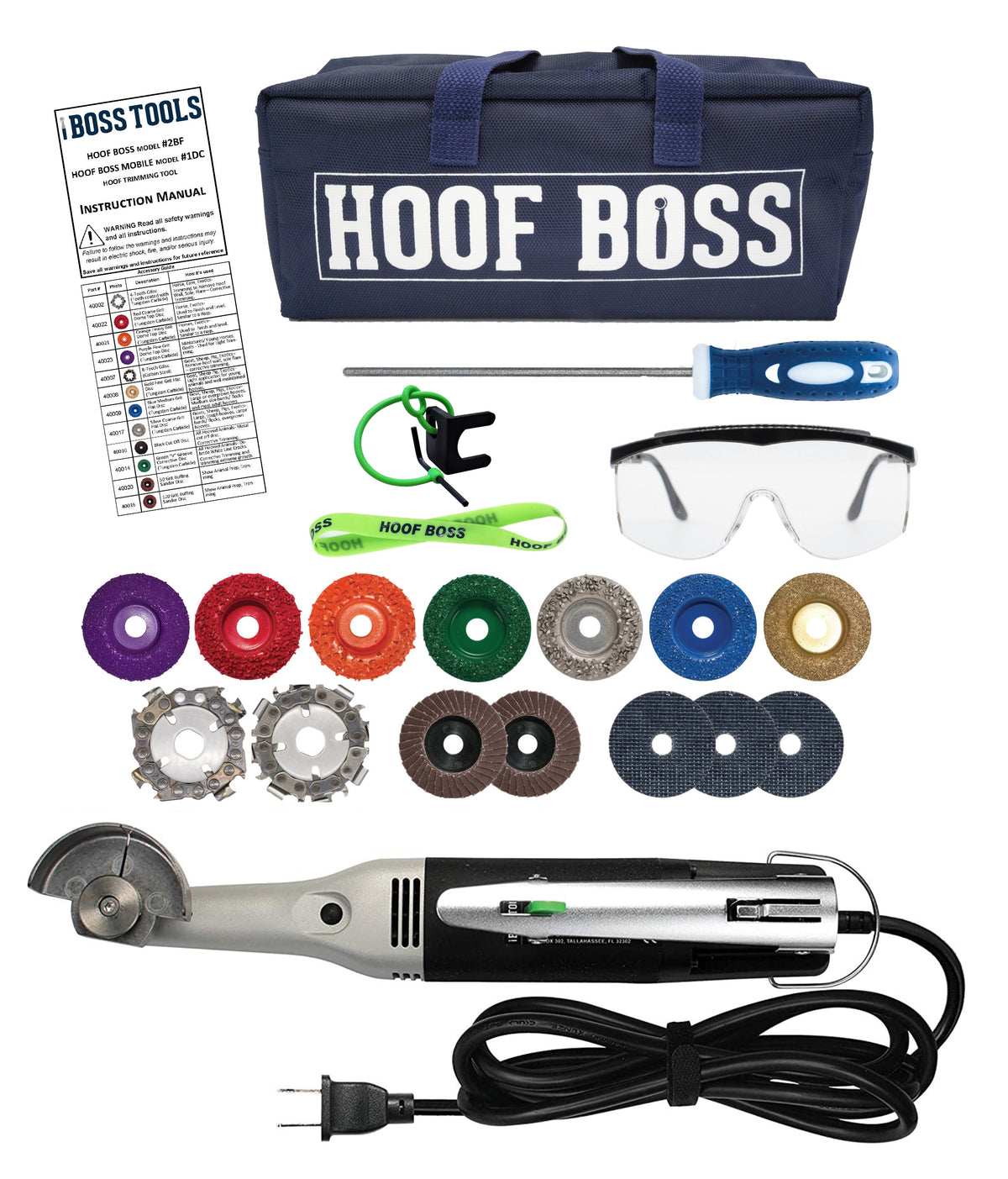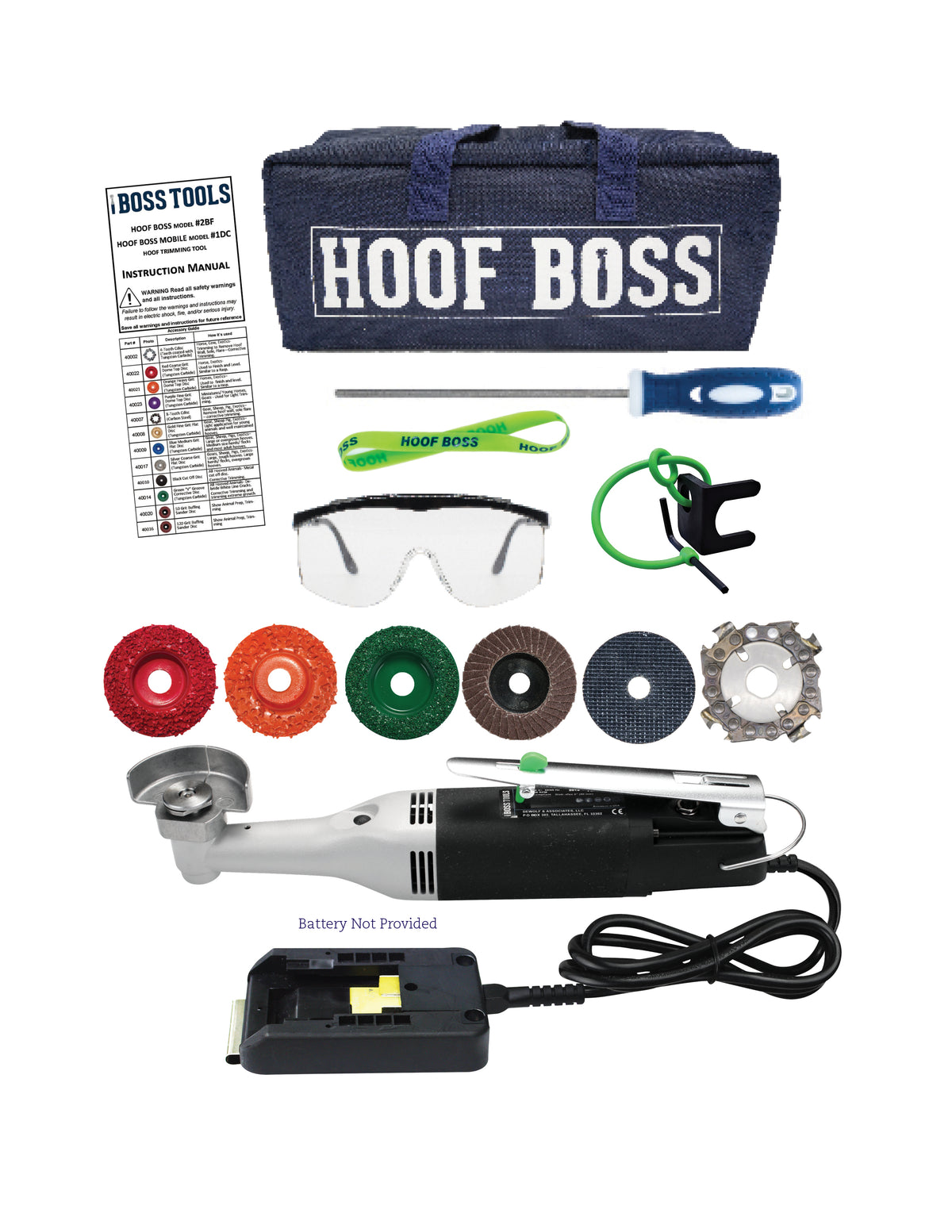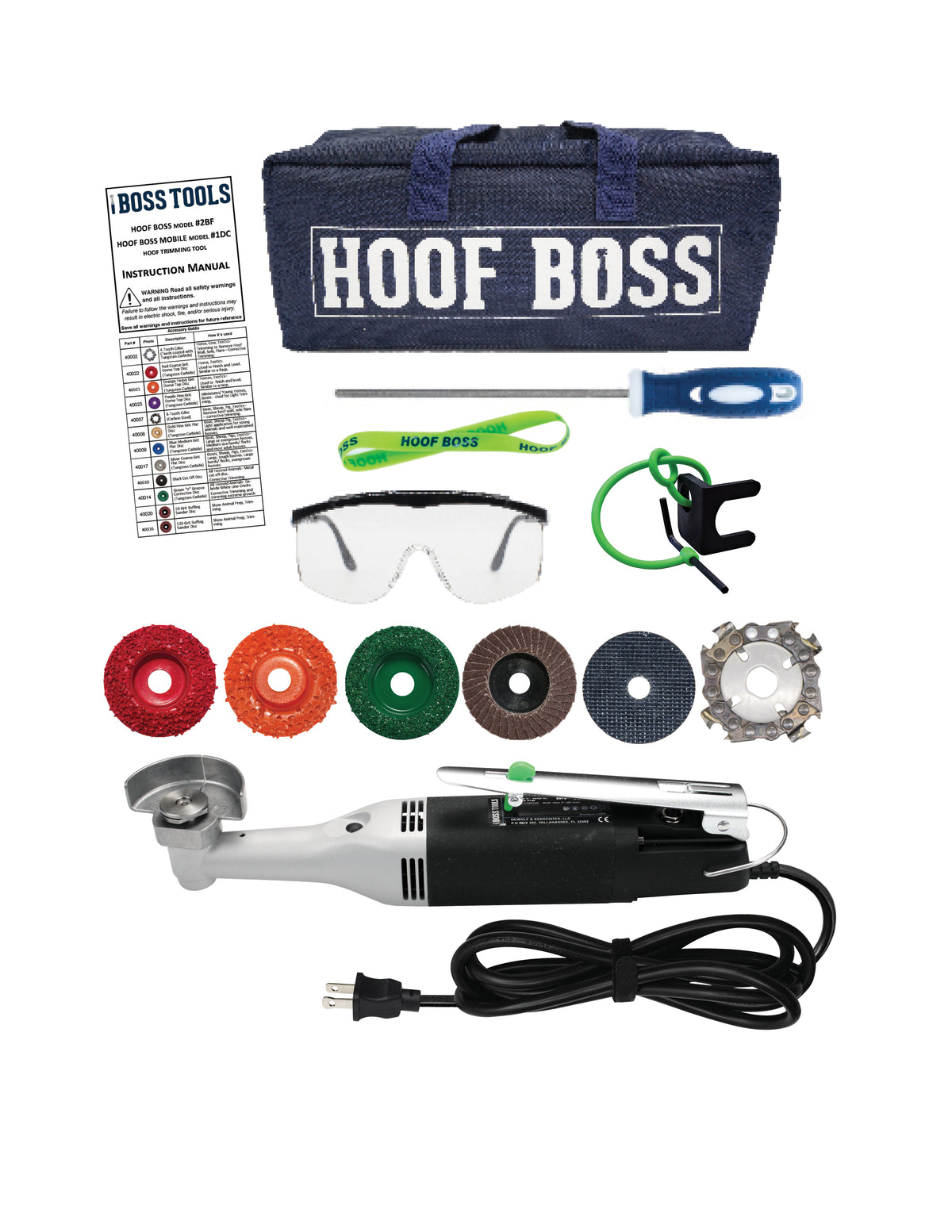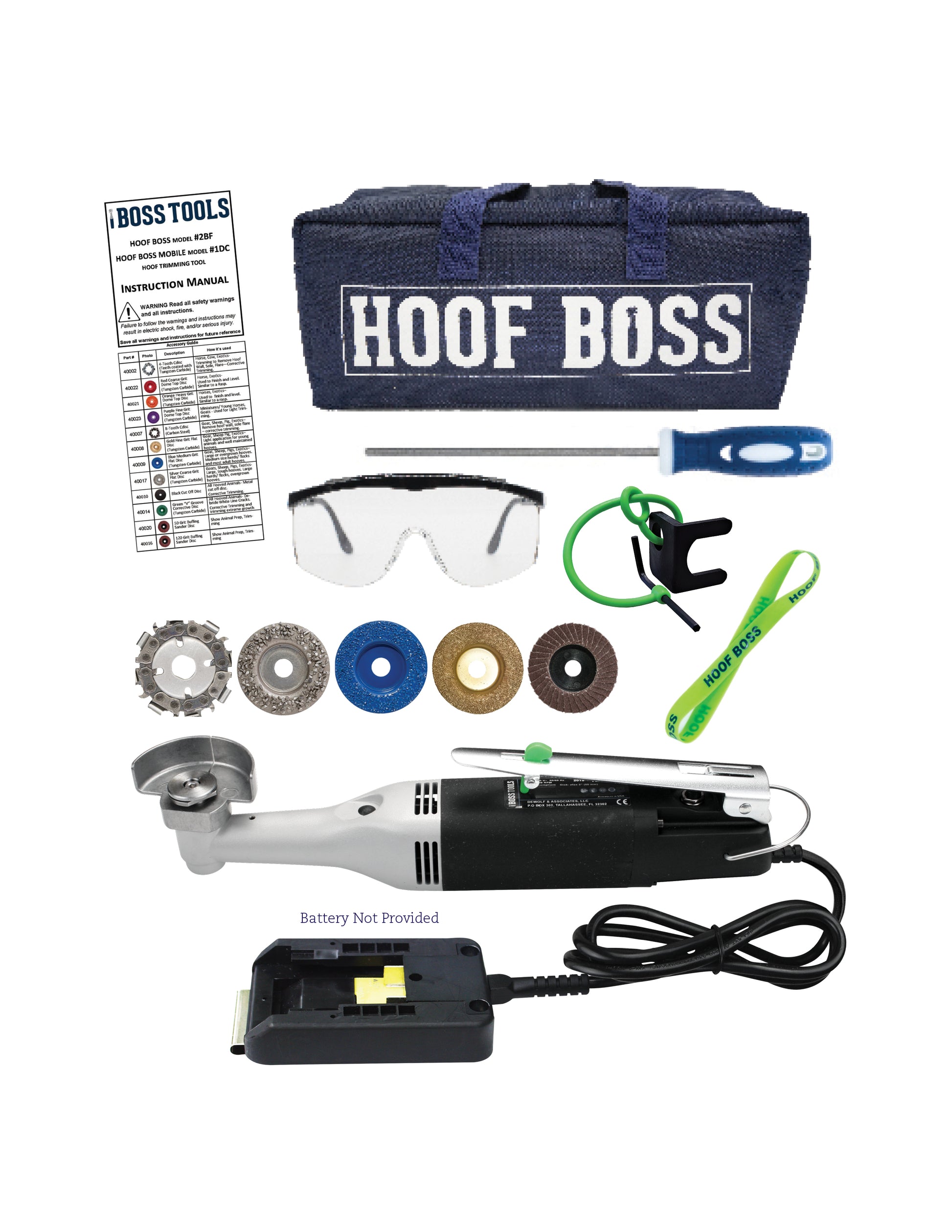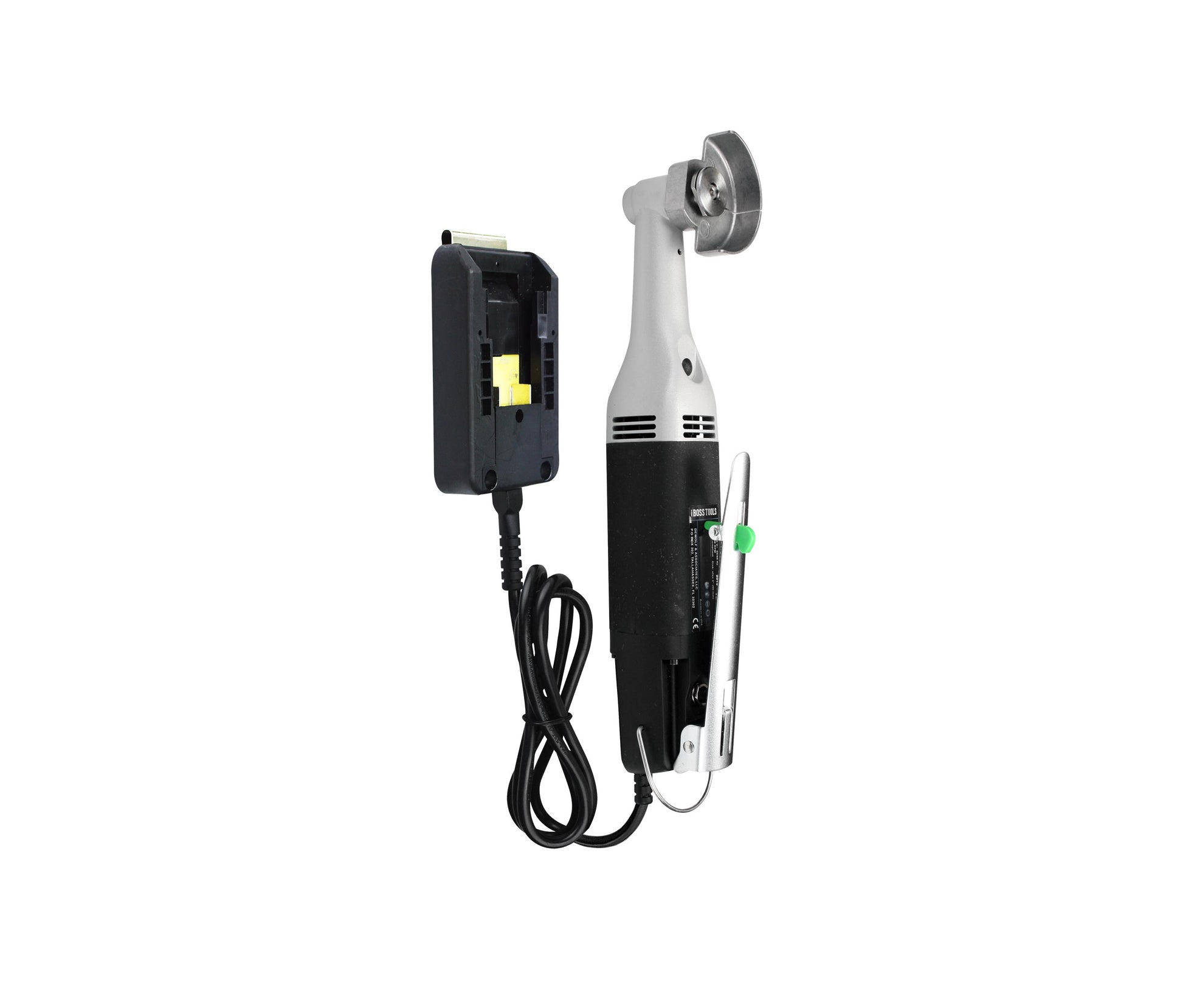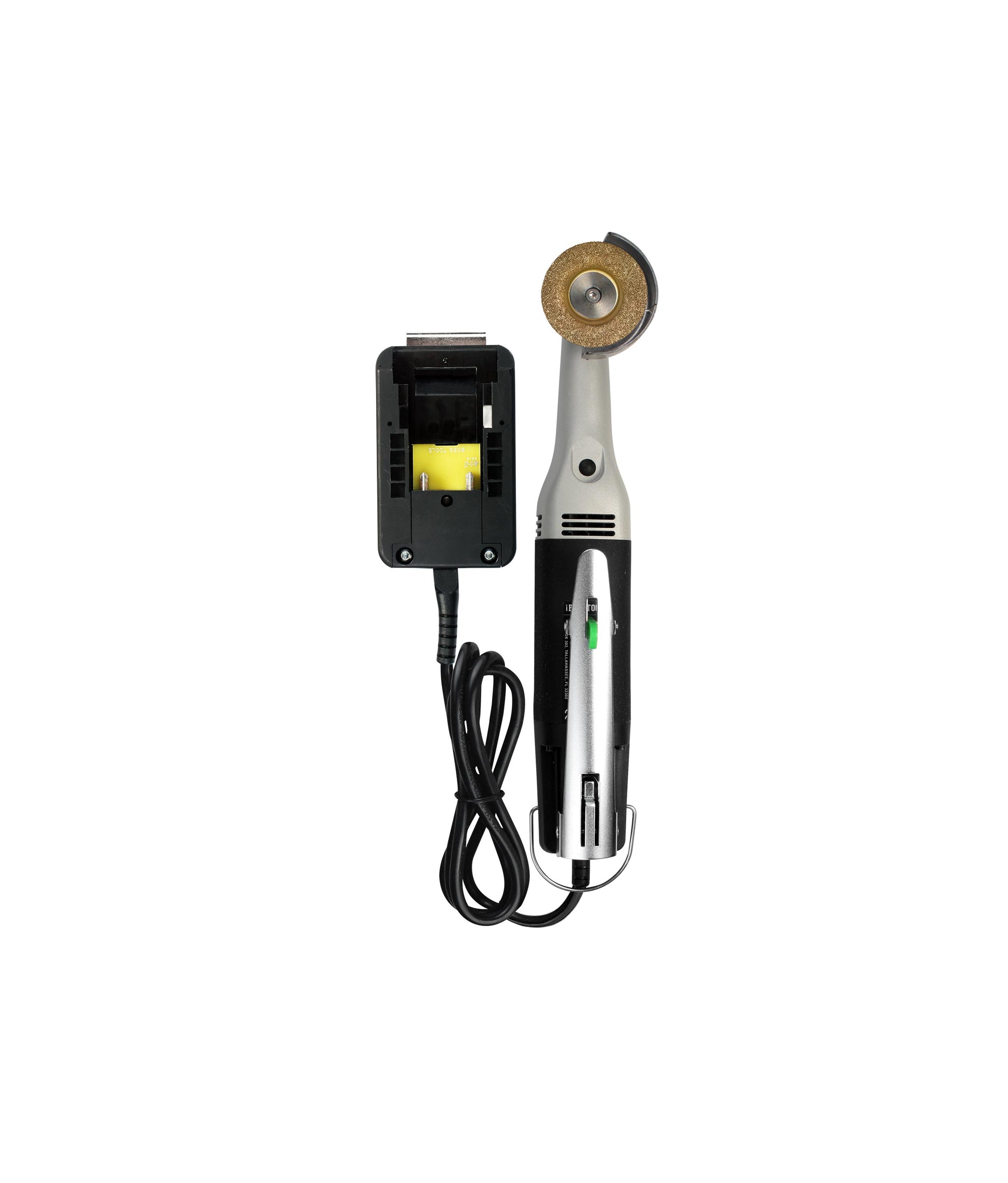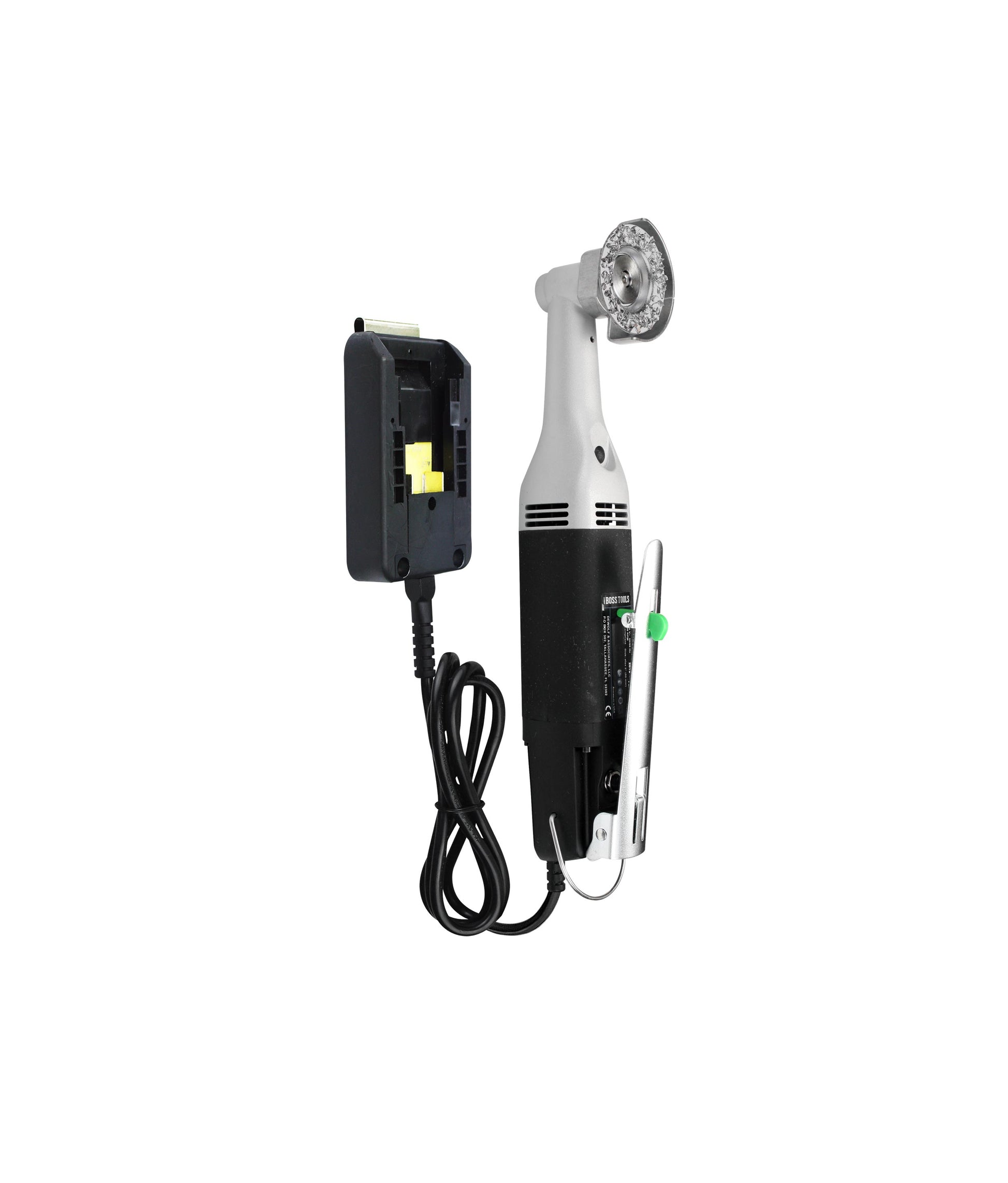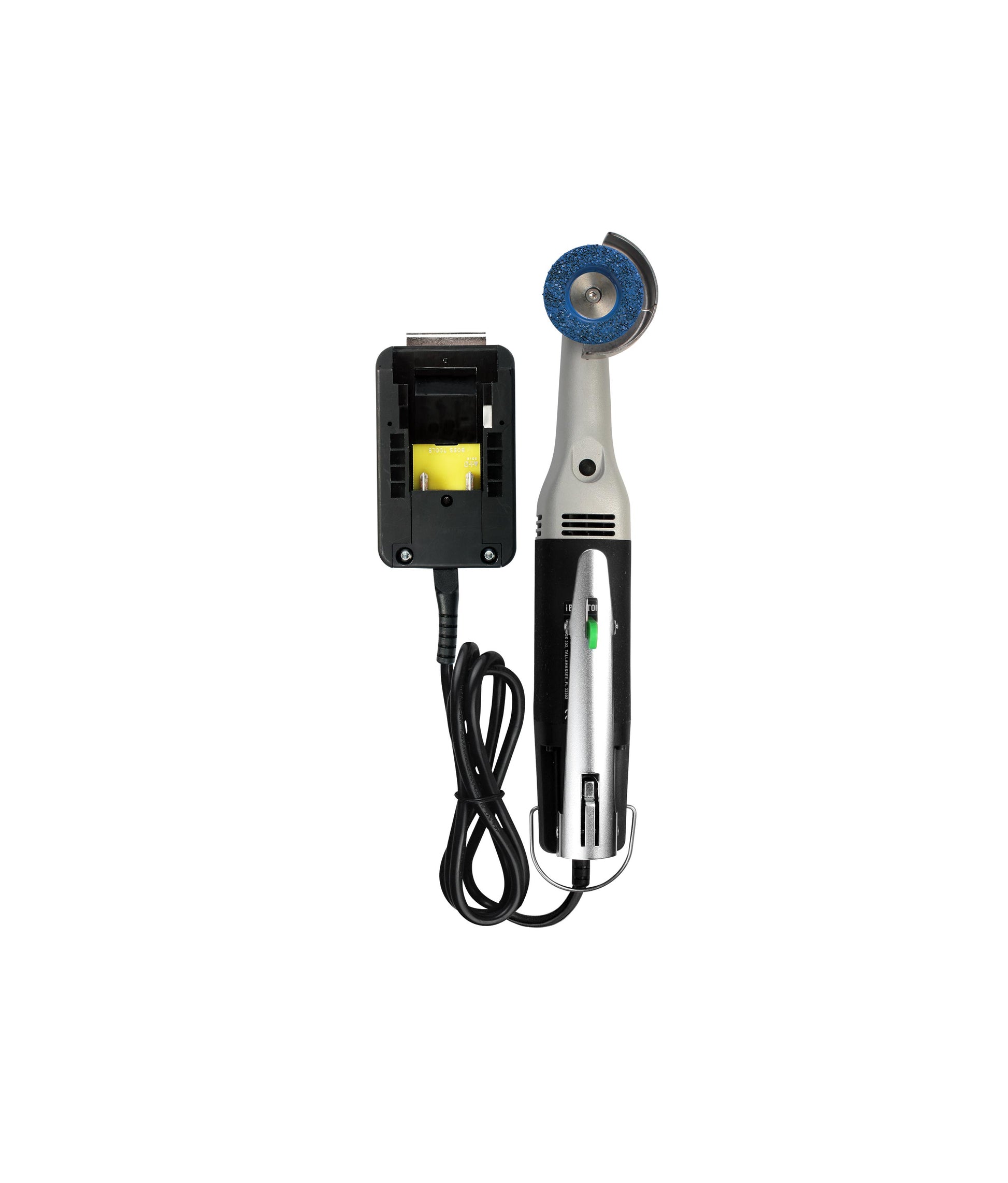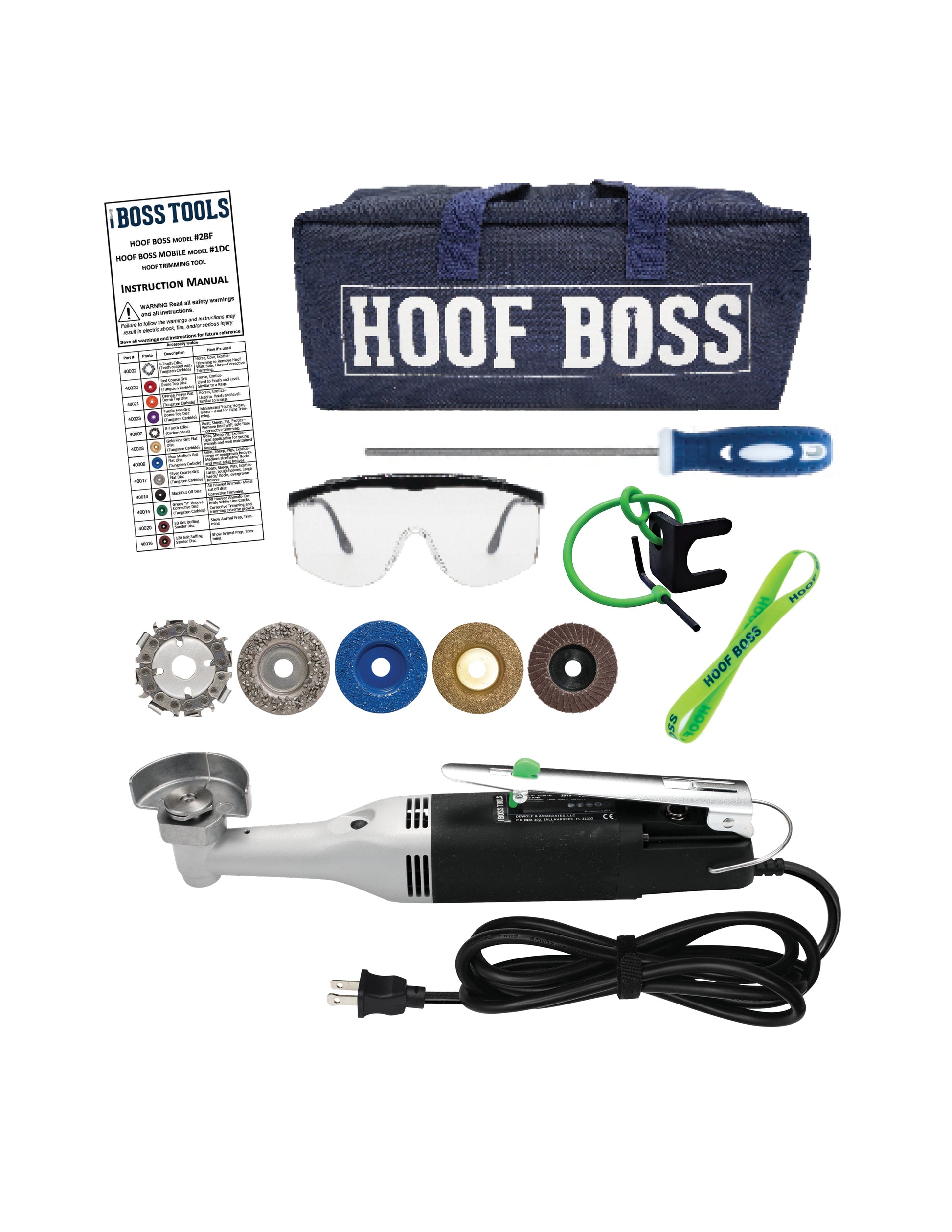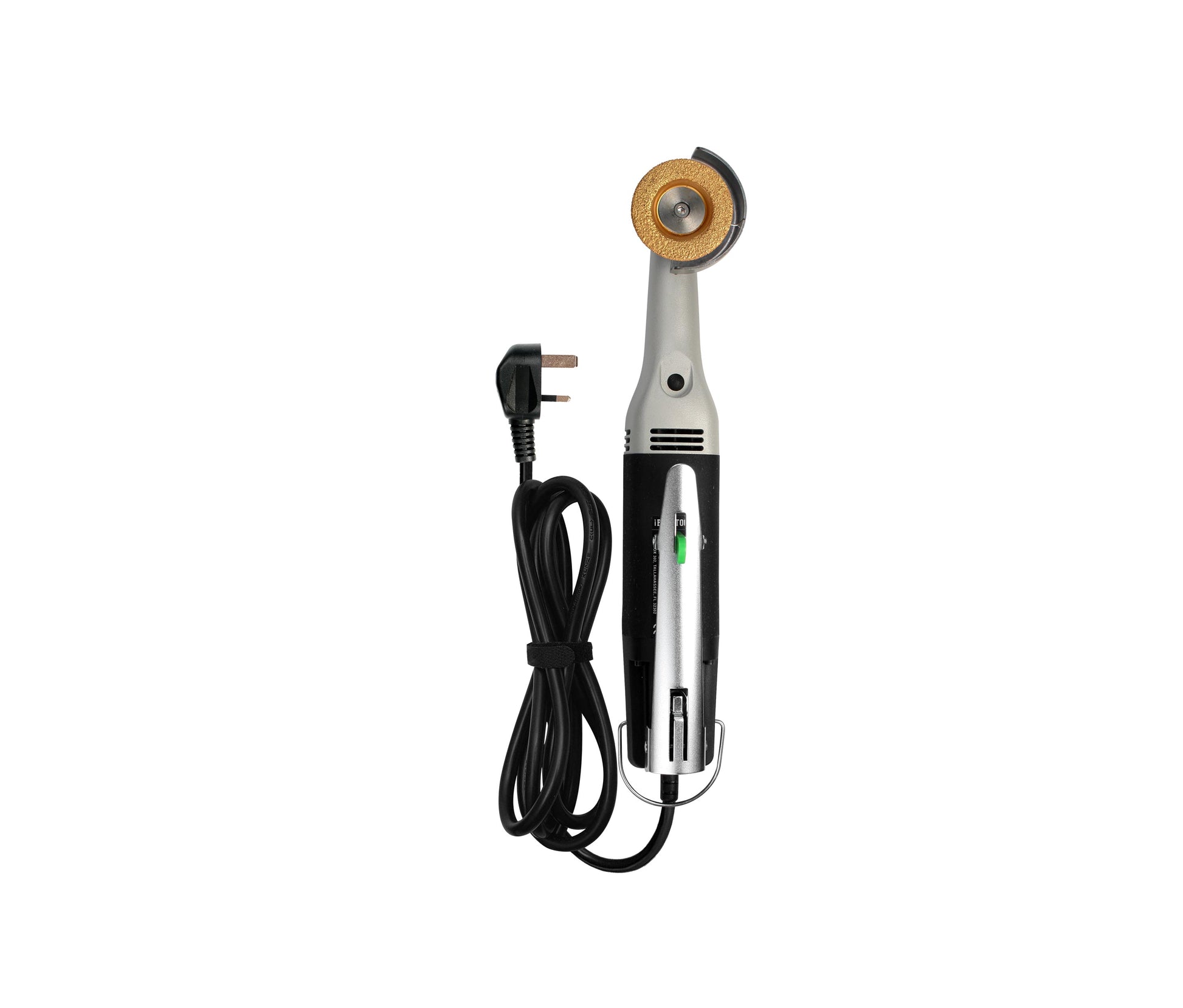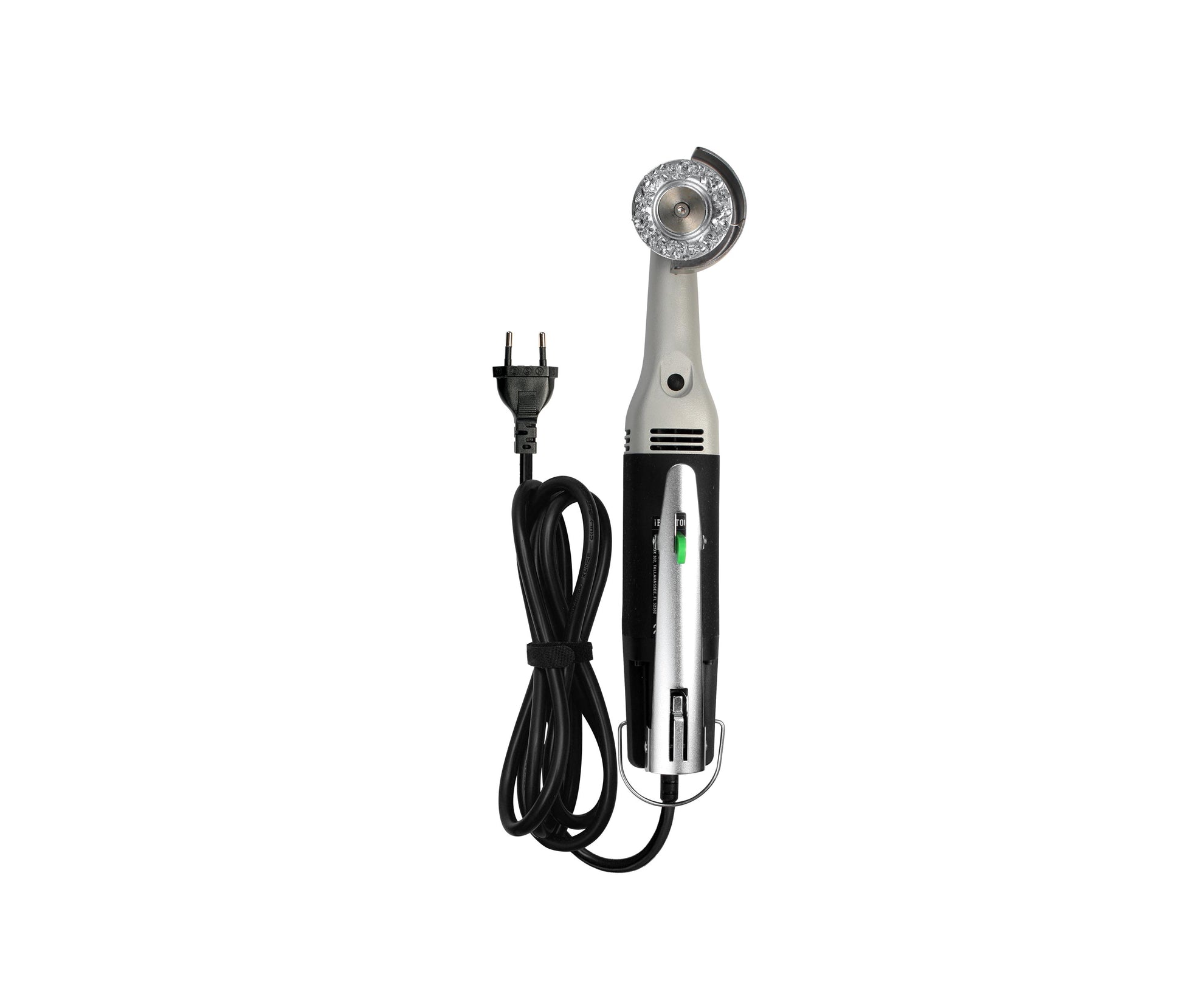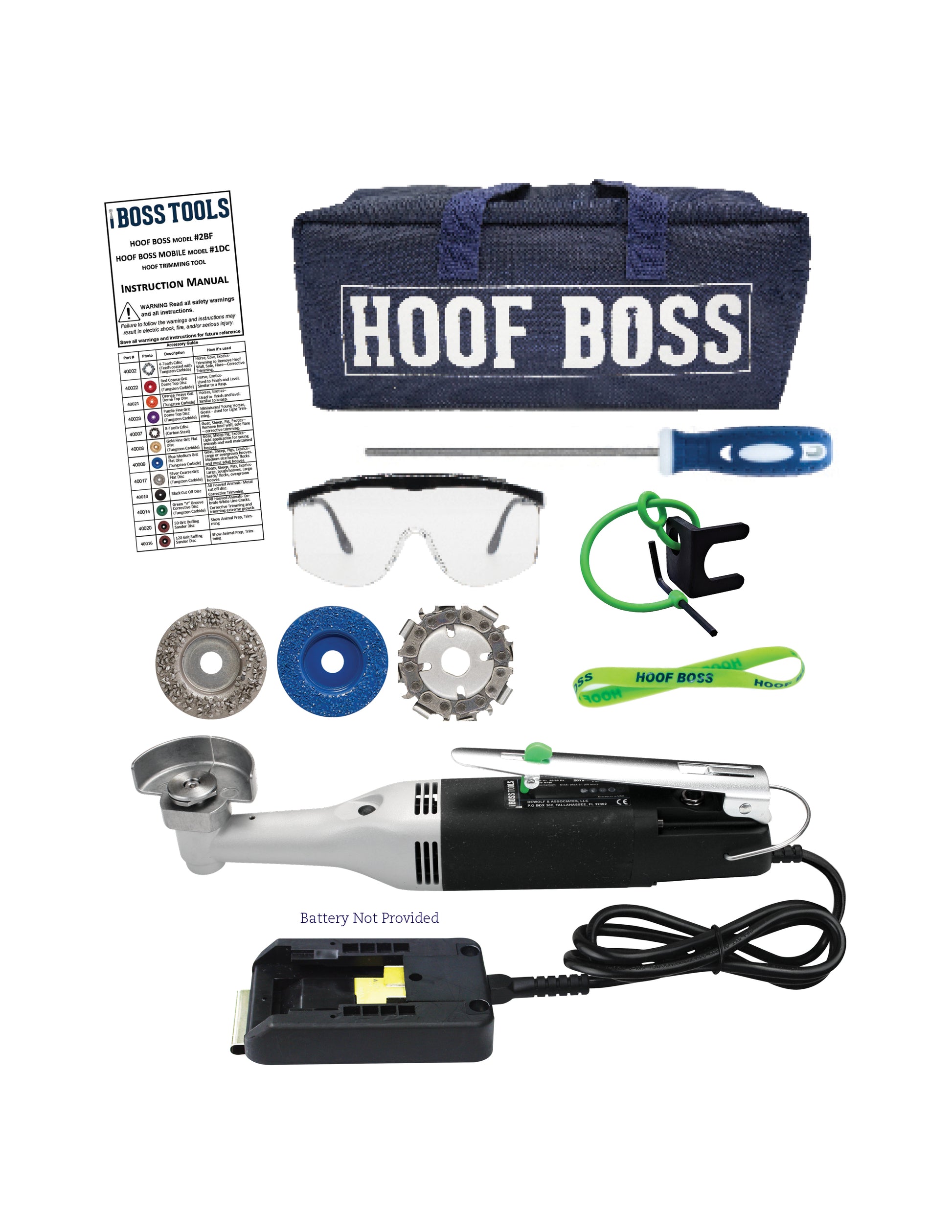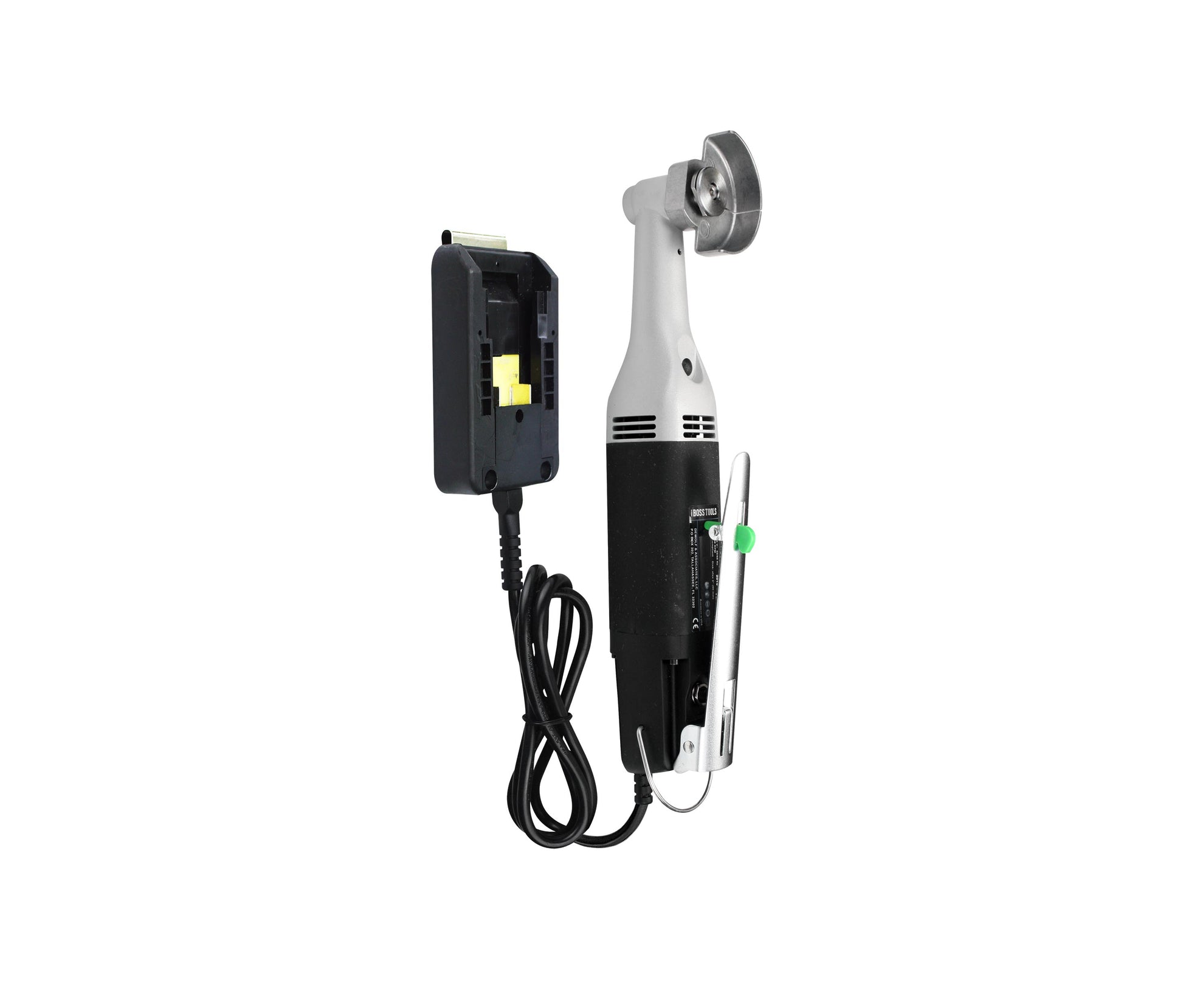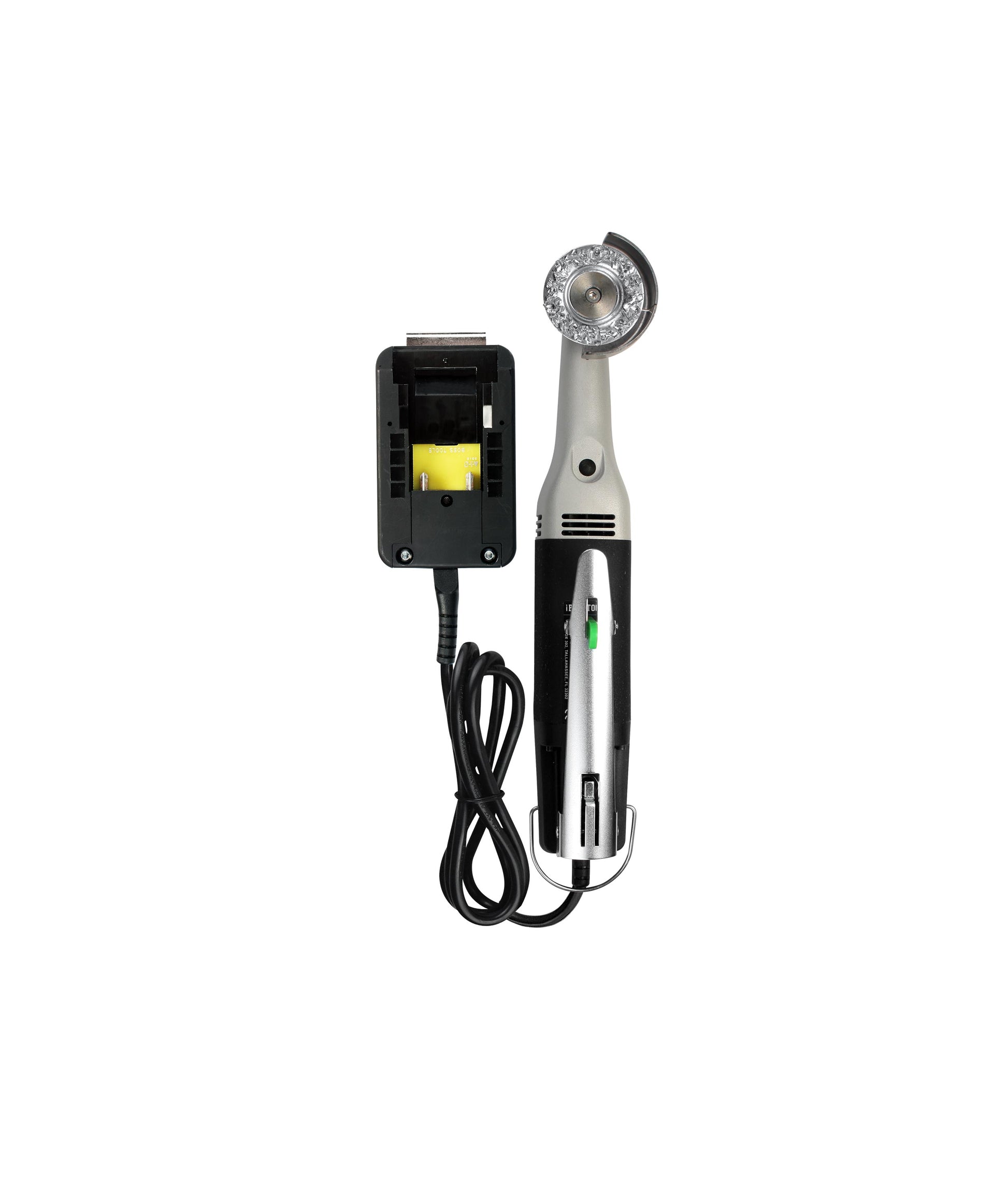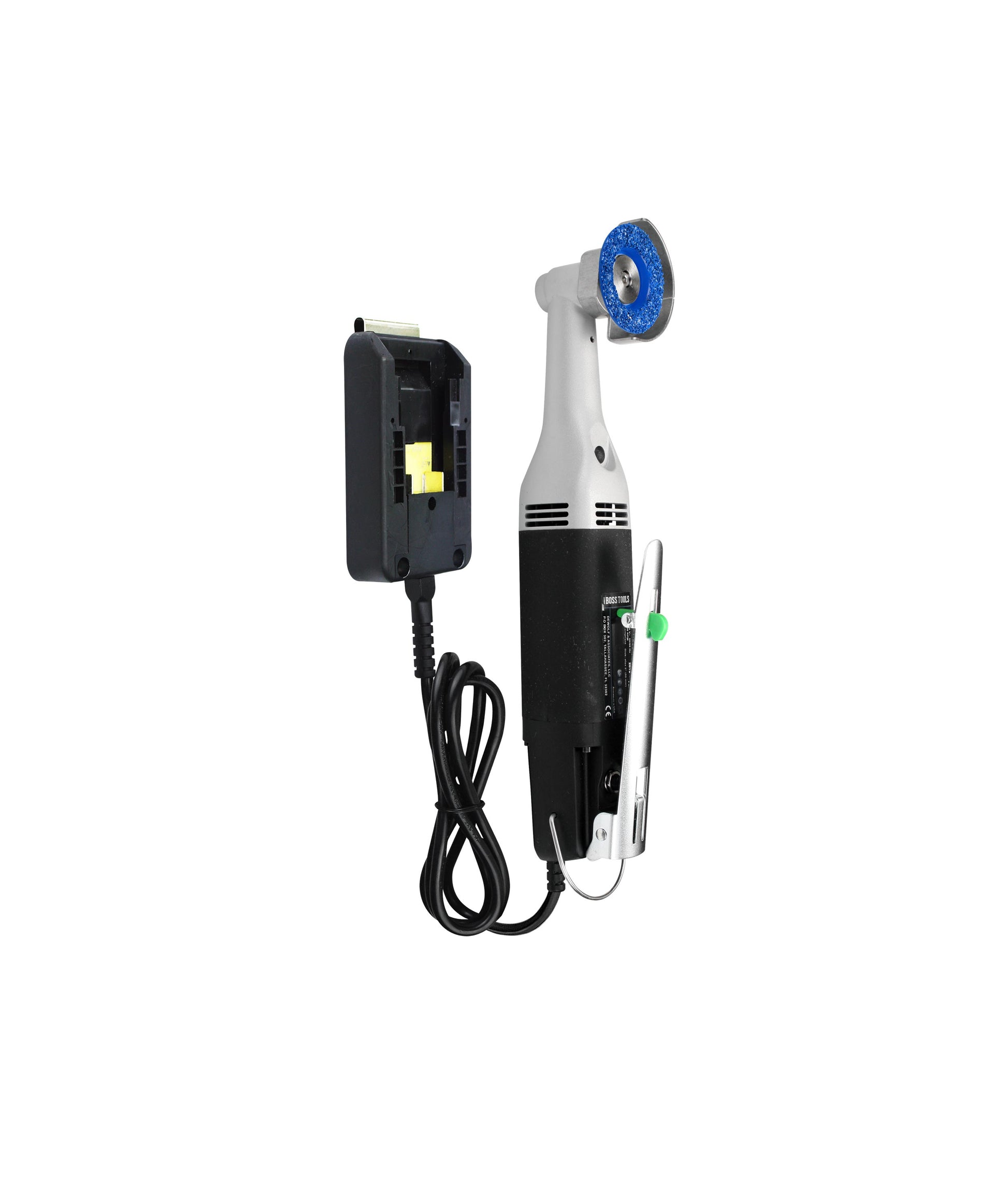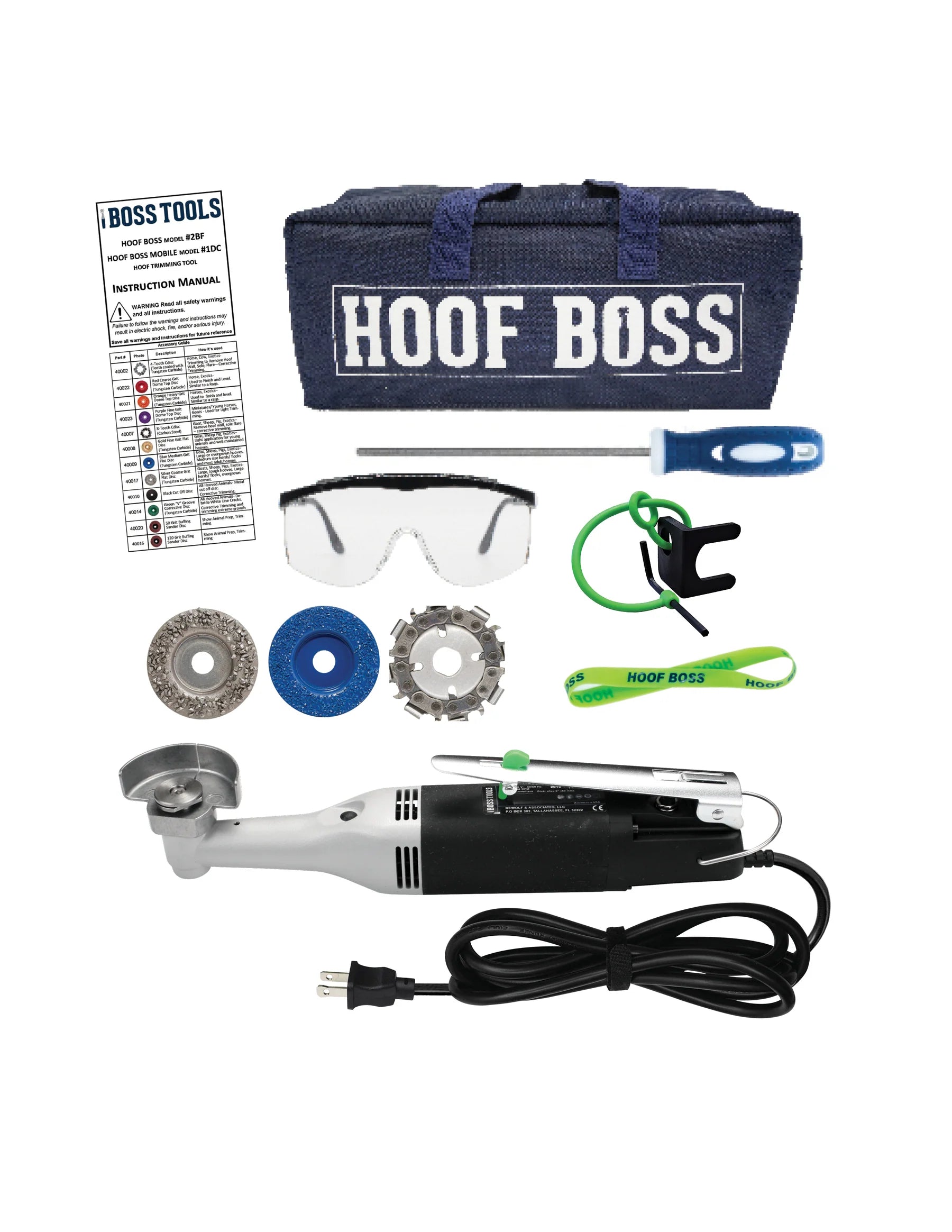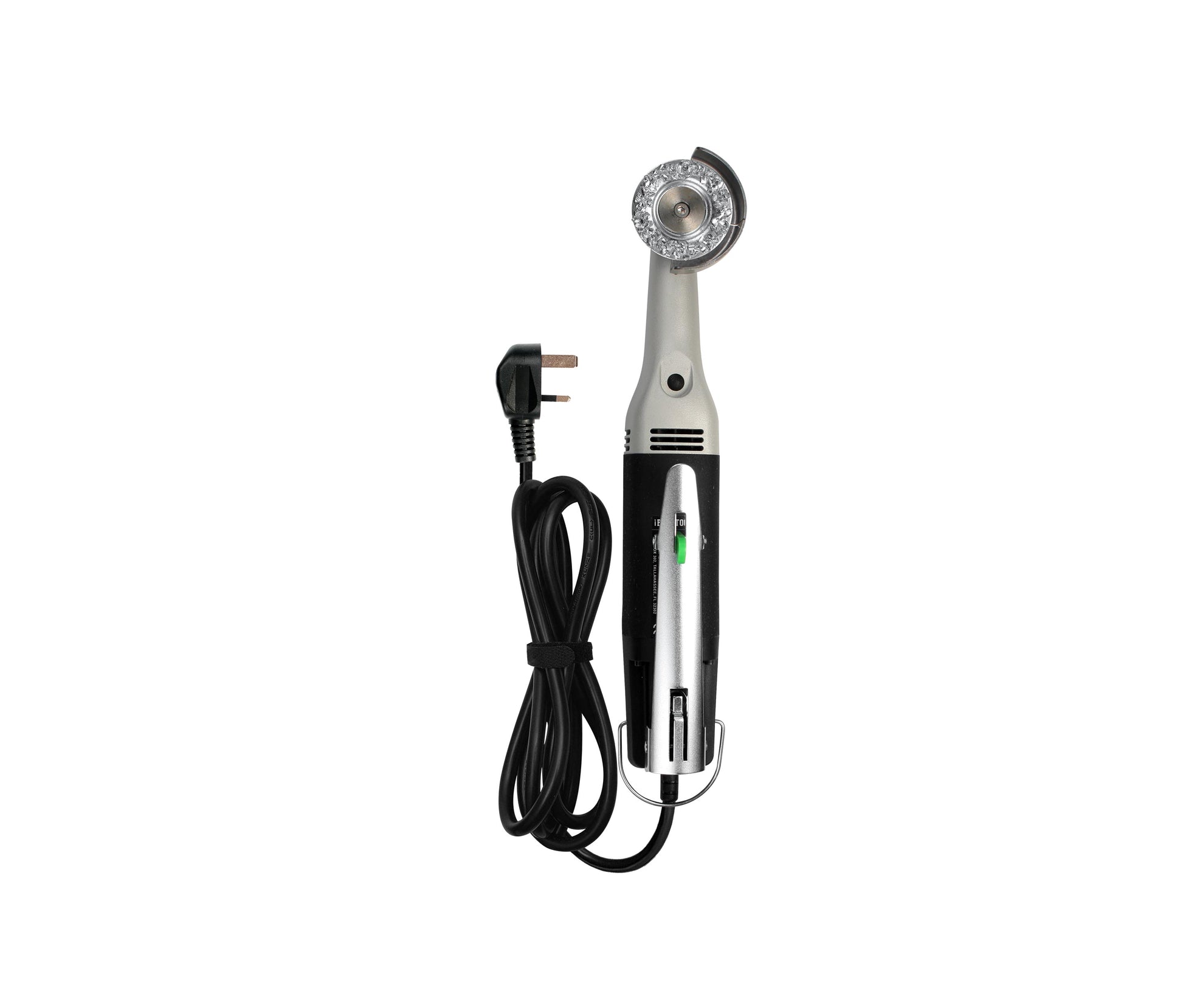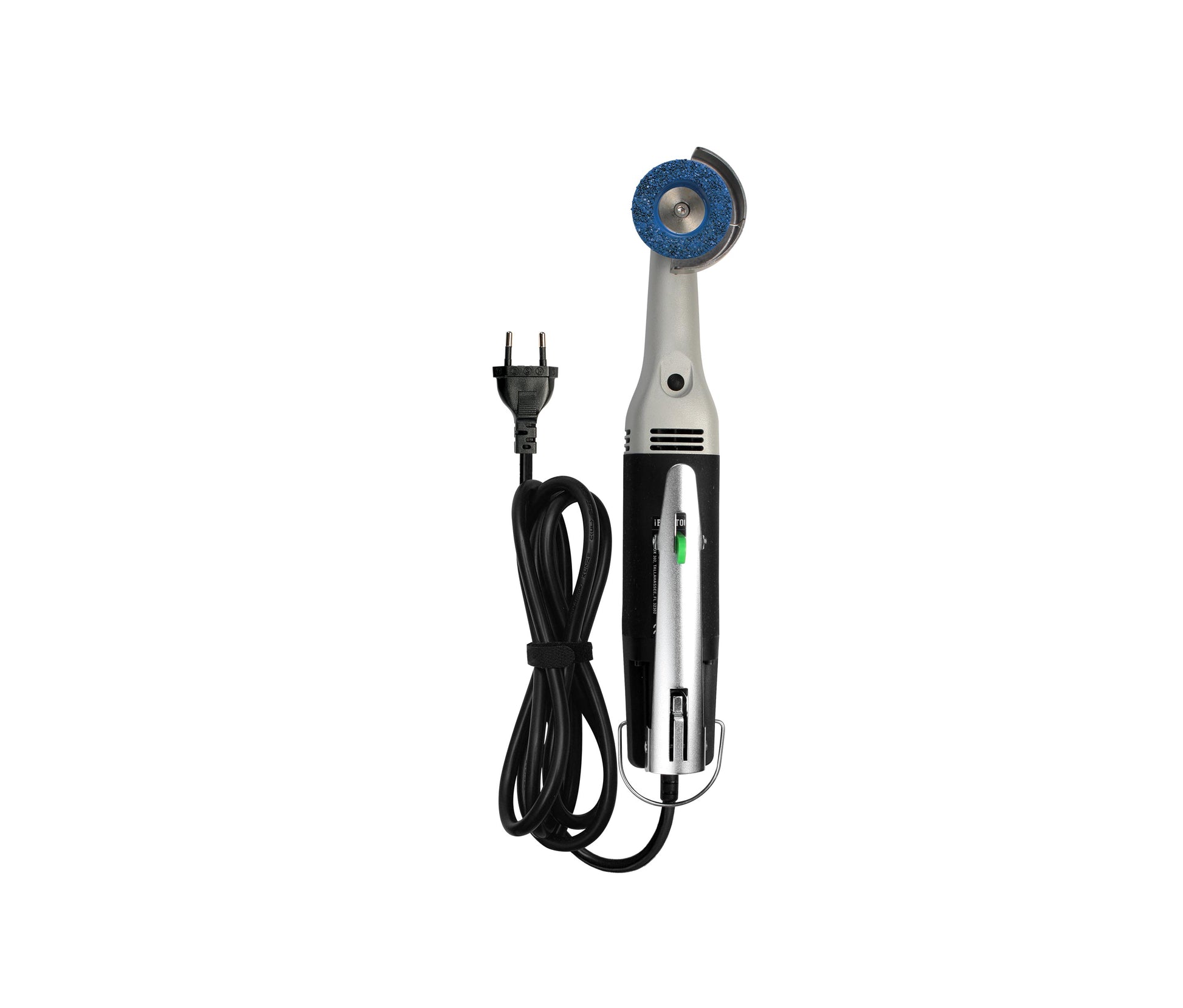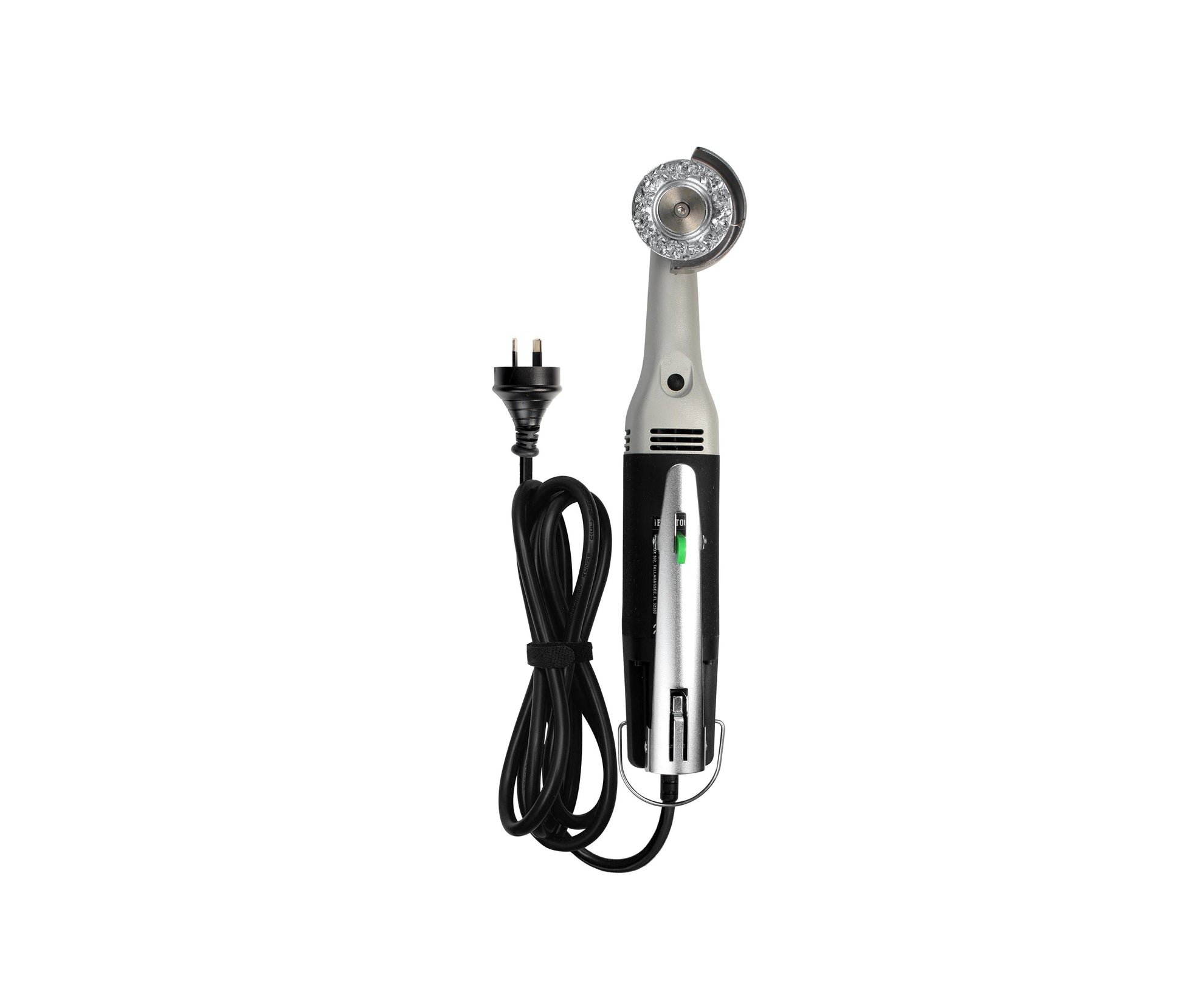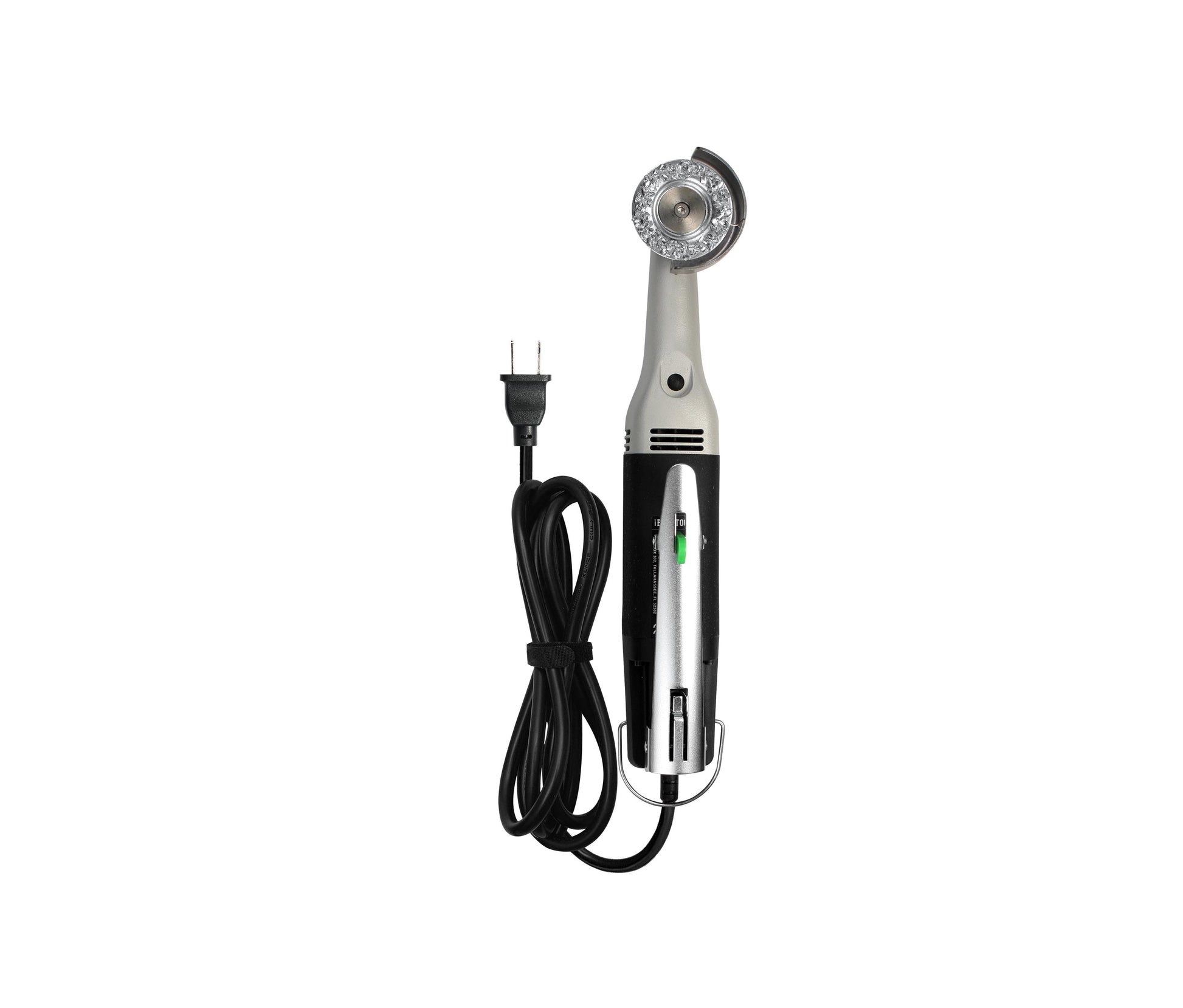How to Treat Hoof Rot in Goats: A Step-by-Step Guide
Hoof rot is a painful and contagious bacterial infection that affects the hooves of goats, leading to lameness, swelling, and severe discomfort. If left untreated, it can spread quickly through a herd, impacting the health and productivity of your goats.
In this guide, we’ll explain how to identify, treat, and prevent hoof rot and why regular hoof trimming with Hoof Boss can help keep hooves healthy.
What is Hoof Rot in Goats?
Hoof rot, also known as foot rot, is a bacterial infection that develops in the soft tissues of a goat’s hoof. It is caused by bacteria thriving in wet, muddy, or unsanitary conditions, leading to:
✔ Foul-smelling hooves
✔ Limping or reluctance to walk
✔ Swelling between the toes
✔ Separation of the hoof wall
Early detection and treatment are crucial to prevent the infection from spreading.
Causes of Hoof Rot in Goats
Hoof rot is most commonly caused by:
✅ Wet or muddy conditions – Bacteria thrive in damp environments, making goats more vulnerable.
✅ Overgrown hooves – Long hooves trap dirt and moisture, creating the perfect breeding ground for bacteria.
✅ Poor hygiene & overcrowding – Unsanitary pens or close contact with infected animals increase the risk of transmission.
🔹 Tip: Regular hoof maintenance, proper trimming, and a dry living environment are key to preventing hoof rot.
How to Treat Hoof Rot in Goats
Step 1: Isolate the Affected Goat
- Separate the infected goat to prevent the infection from spreading to others.
- Keep the goat in a dry, clean area while undergoing treatment.
Step 2: Clean & Trim the Hoof
- Use a hoof pick to remove dirt and debris from the affected hoof.
- Trim away overgrown or infected areas using the Hoof Boss Electric Trimmer for precise, stress-free trimming.
- Ensure the hoof is properly shaped to prevent further bacterial buildup.
🔹 Why Use Hoof Boss? The Hoof Boss Electric Trimmer makes it easier to remove infected tissue without causing excess pain, ensuring a smooth and effective trim.
Step 3: Apply a Hoof Rot Treatment
- Wash the hoof with a disinfectant solution (such as zinc sulfate, copper sulfate, or iodine).
- Let the hoof dry completely before applying any medications.
- Apply an antibiotic spray or hoof rot treatment directly to the affected area.
🔹 Tip: Soaking the hoof in a foot bath with antibacterial solution for 10-15 minutes daily can speed up healing.
Step 4: Monitor & Keep Hooves Dry
- Keep the goat in a dry area until the hoof fully heals.
- Repeat the cleaning and treatment process daily until signs of infection disappear.
- Inspect the entire herd for early signs of hoof rot to prevent further outbreaks.
How to Prevent Hoof Rot in Goats
🚨 Maintain Dry Living Conditions – Keep pens, barns, and pastures clean and dry to prevent bacterial growth.
🚨 Trim Hooves Regularly – Use the Hoof Boss Electric Hoof Trimmer to prevent hoof overgrowth and bacterial buildup.
🚨 Use Foot Baths – Regularly soaking hooves in zinc sulfate or copper sulfate solutions reduces infection risks.
Conclusion
Hoof rot is a serious but treatable condition that requires quick action, proper hoof care, and a clean environment. By trimming hooves regularly and following a proactive treatment plan, you can keep your goats’ hooves healthy and infection-free.
With the Hoof Boss Electric Trimmer, hoof maintenance becomes easier, faster, and stress-free, ensuring strong, healthy hooves year-round.
✅ Invest in the best hoof care tools today and protect your goats from painful hoof conditions!
